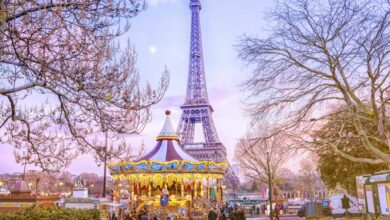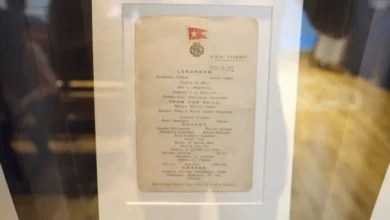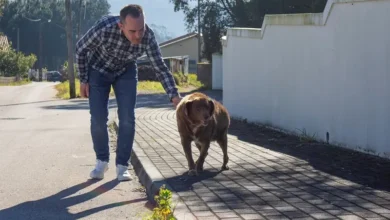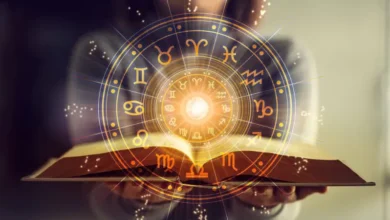Matsu stronghold turned to museum in Taiwan
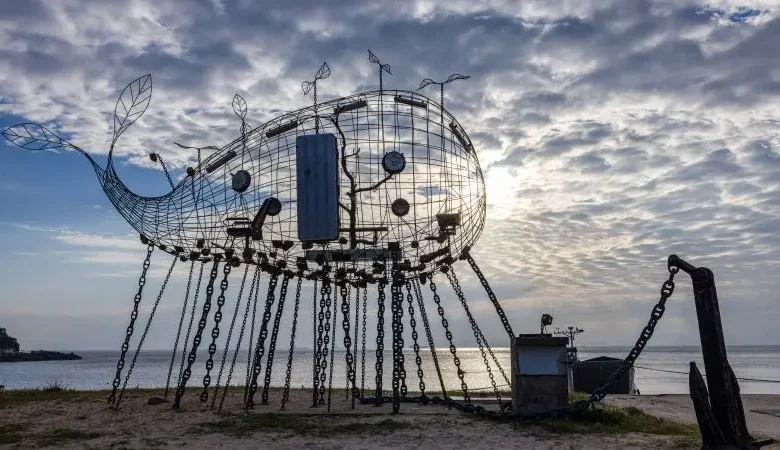
The tiny Matsu archipelago, located 20 minutes by boat from China’s eastern coast, is home to an art installation that is currently grabbing attention.
Several artists, including light designer Liu Ping-yi and his partner Annie Chu, chose to highlight the outlying islands’ wartime history with their creations. Liu and a sound artist created an art installation in the old military power plant that features an ominous crimson light bath, reminding visitors of the ever-present threat of a Chinese invasion.
The artists strive to give visitors a glimpse into what life was like for soldiers and civilians living on the island during wartime. They hope that visitors can imagine what Matsu was like in the past.
It was once home to nationalist forces that fled China after losing the civil war in 1949. Despite sporadic shelling from China, the forces built impressive fortifications, including underground tunnels and air raid shelters. Today, some of the restored tunnels are open to the public, and the biennial seeks to capture Matsu’s unique history.
The biennial is carrying on in the midst of a pandemic when tourism is economically challenging. Magistrate Wang Chung-ming plans to make Matsu an island museum with the biennial’s help in bringing in tourism dollars.
The three-year border restrictions due to the pandemic have meant a significant loss in visitors and income. The hope is to slowly restart the negotiation process from the perspective of tourism and cargo goods. Politically, Matsu must follow Taiwan, but economically it must integrate with the mainland.
The Matsu Biennial is promoting art as a means to explore the history of the former military stronghold. Despite Beijing’s military exercises around the island, local residents remain committed to peace. By highlighting Matsu’s unique history, the biennial hopes to remind visitors of the need for lasting peace.




